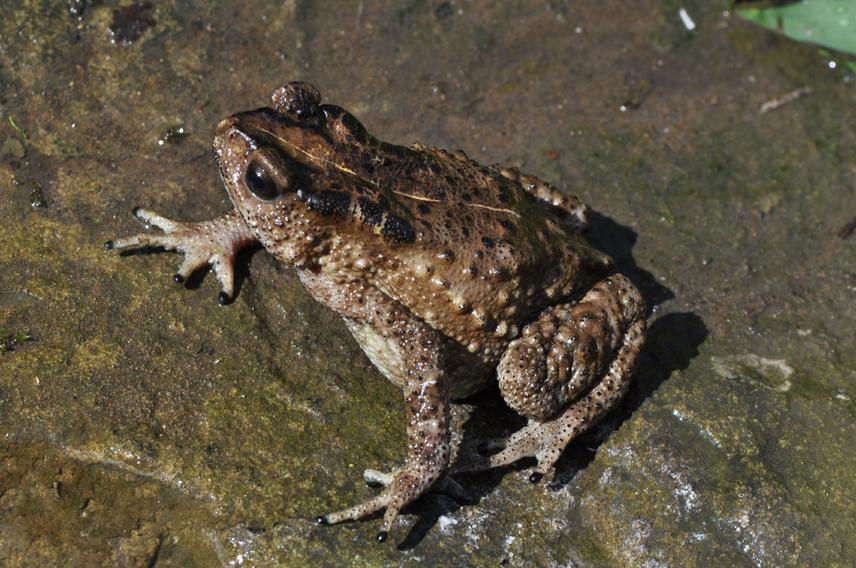Abhijit Das
Other projects
9 Oct 2006
Diversity and Distribution of Herpetofauna and Evaluation of their Conservation Status in Barail Hill Range, (Including Newly Declared Barail WLS,) Assam, Northeast India
12 Aug 2008
An Assessment of Herpetofaunal Diversity, Distribution and Conservation Status in Barail Hill Range, Northeast India
To determine herpetofaunal diversity and distribution pattern along elevation gradient of Barail Hill Range in northeast India for identifying zones of conservation priority.

New discovery, a new species of torrent toad Duttaphrynus chandai.
We plan to document the spatial distribution pattern of herpetofaunal assemblages along elevation gradient of Barail range and determine the factors that govern such distribution at alpha (single drainage level) and Gamma (Landscape) level. Besides, the study will help document the herpetofaunal diversity in hitherto un-surveyed forest areas of the hill range.
To achieve this, the landscape will be divided into fifteen elevation zones at 200 m interval. Time constrained visual encounter survey and open quadrat will be employed to record the species richness. All zones will be sampled at least once a season during the study covering different habitats and elevations. Inventory at breeding sites, extensive terrestrial microhabitat search will be employed at different hours of a day and at different seasons to document the diversity. Data on species, sex, stage of growth, reproductive condition, dietary and microhabitat position will be recorded in a datasheet. Natural history and microhabitat data will help determine critical resource in a special habitat. Documentation of species richness pattern, faunal uniqueness and endemism along elevation gradient and the factors governing such distribution will help prioritize areas for conservation planning.
The study will help in taxonomic description of new or poorly known species and also help in ongoing taxonomic research on the earlier recorded taxa from Barail range. Determining the conservation status (Based on IUCN red list category or Global Amphibian Assessment in case of amphibians) of each species will enhance the conservation prioritization initiative. Identifying conservation dependent species will help in initiating species specific conservation action plan. The graduate students will be encouraged to take up the scientific research on the threatened species. Beside, Asian Giant Tortoise (Manouria emys) will be portrayed as a “flagship species” for this reserved forest. Based on the survey findings, we plan to conduct a daylong seminar on “Herpetofauna of Barail Hill Range and their conservation” in Academic Institutions close to Barail landscape. Beside, A “Barail Biodiversity Research Initiative” will be proposed to be implemented in these institutions. Publication of awareness materials, printed technical report and scientific articles will act as conservation resources. Village meeting, popular talk, audio-visual programmes, group discussion will be organized to educate targeted communities, students, forest department staff and local NGO leaders.